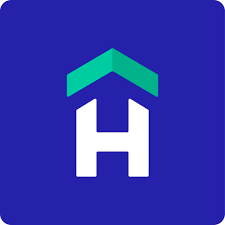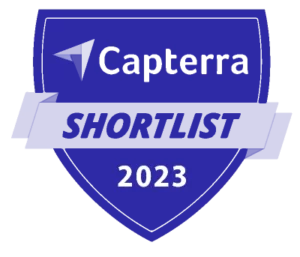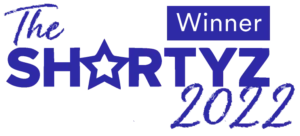It’s like the playoffs for vacation rental property managers—peak season is what you prepare for all year. It’s the time when you’ll make a good portion of your annual revenue, and also the stretch when you may feel more stressed than ever.
While peak season offers opportunities for maxed-out booking calendars and great profits, you may also notice it’s when your operations can start to creak, which can cause the guest experience (and your reviews) to suffer.
We explore how you can best prepare for vacation rental peak season in six actionable steps. That way, you can successfully meet the challenges that come with operating at full occupancy and take on your busiest time of year with confidence.
How to prepare for the high season: 6 practical tips
If the thought of high season brings on feelings of overwhelm and anxiety, there are ways to lighten your workload while maximizing bookings. Take a look at these six tips for improving your operations and optimizing revenue during peak season, without the added stress.
1. Assess your performance to determine where you can improve it
Before jumping into the chaos of peak season, take time to assess recent performance. Because once you’re at full occupancy, you’ll be too focused on providing a great stay for each guest to review KPIs and qualitative data.
So, look at your key metrics, including:
Average length of stay (ALOS):
Calculating ALOS can give you helpful insights into whether you’re properly equipped to handle peak season. Frequent turnovers mean you may need more cleaning staff, so get hints from historic data to help you better prepare for the busiest weeks of your year.
Plus, low peak season ALOS may be a sign you need to establish a minimum stay requirement during that time or concentrate your marketing efforts towards other types of guest, like digital nomads, who often stay for longer periods.
Average daily rate (ADR):
Compare ADR between seasons to make sure you’re maximizing your booking revenue. If your ADR looks the same in your peak season as in the off-season, you need to review your pricing strategy and make adjustments to optimize your rates.
Cost per unit:
Cost per unit helps you track how much each property costs you in terms of marketing, supplies, and turnover expenses. Keep a close eye on this metric to ensure you’re protecting your profit margins and being as cost-effective as possible.
Also, track qualitative data such as:
Reviews:
Don’t just pay attention to your star ratings—go back through your reviews to see what guests rave about and highlight these features and amenities in your listings. And pay attention to issues that commonly pop up in more critical reviews to pinpoint what needs fixing.
Guest feedback:
In the run-up to high season, if there’s a particular aspect of your service you’re unsure of, ask about it in your post-stay survey. For example, you can template a survey you send out to guests asking about their check-in experience or your digital guidebook.
Tracking these metrics and data will help you tighten up the weak points of your operations, which leads us to our next tip: Reviewing your processes and improving where necessary.
2. Review processes and tighten up your operations
The lead-up to peak season is when you should be taking a close look at your processes to assess whether they can be improved. Your operations are under a lot of pressure during your busiest season, so explore how to simplify manual tasks, minimize human error, and reduce costs.
Here are the key processes you need to review to identify weaknesses.
Check-in and check-out
Common guest complaints about your check-in and check-out process is a sign it needs to be overhauled. If your guests have to wait for someone to let them into their unit, consider implementing digital check-in.
Turnovers
Just one missed clean can cause you serious problems—unhappy guests, negative reviews, and slipping down OTA rankings. When this happens, it’s a clear indicator something is lacking in your approach to staff scheduling and turnover management.
Guest communication
If you’re constantly bombarded by guest questions and requests, you need a tool to automate messages and anticipate common quest inquiries. This will take pressure off you and your staff and give your guests the attentive service they expect.
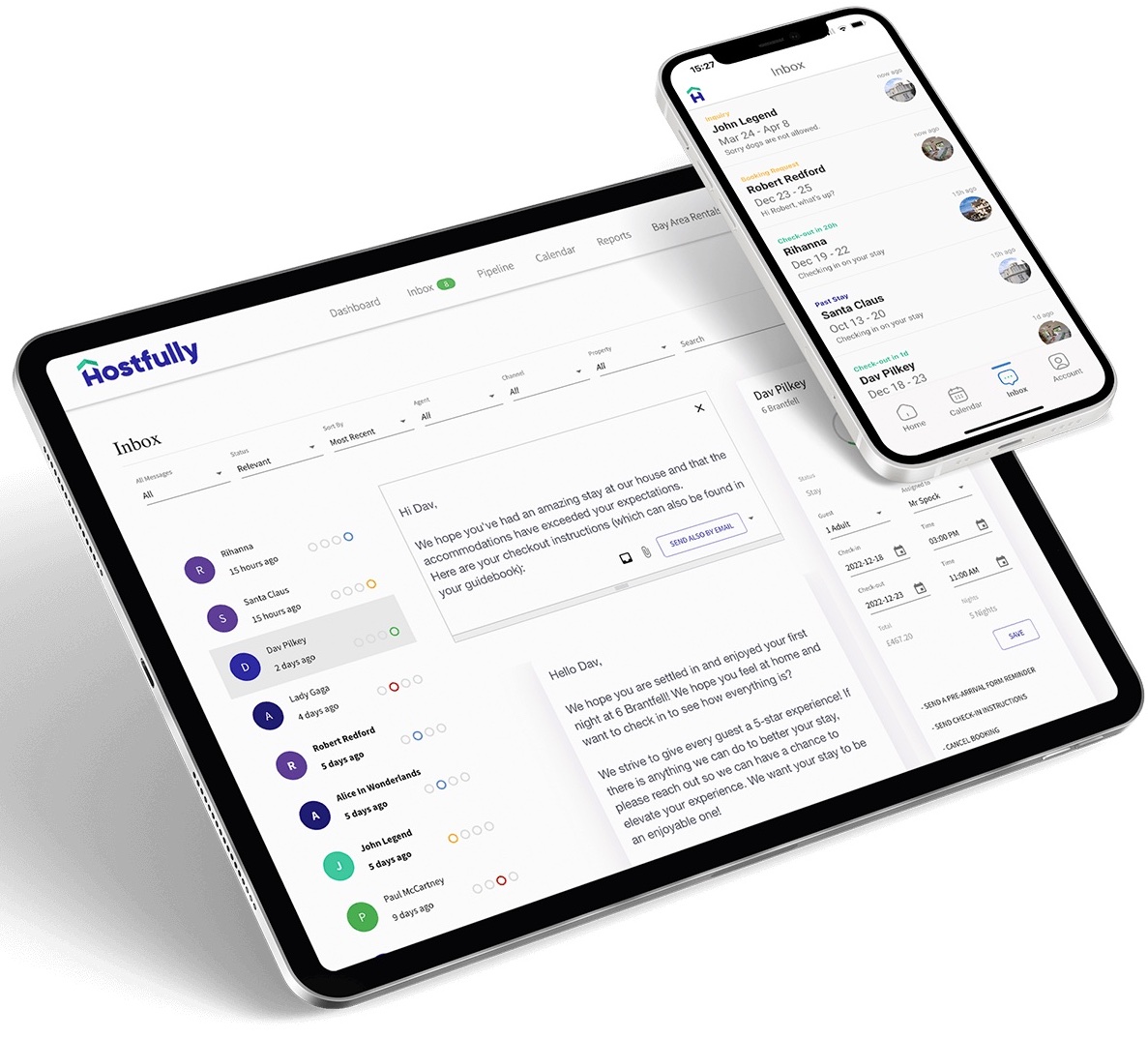
Revenue management
As we mentioned above, having the same ADR all year long is a clear sign that your pricing isn’t optimized. Take a closer look at your pricing and revenue management practices to ensure you’re maximizing your revenue.
Booking management
If you’ve ever had a double booking, you know what a nightmare it can be. Tighten up your booking management process to prevent double bookings from happening and make it easy to see where your bookings are coming in from.
Review management
Reviews are your bread and butter, so if you’ve ever let a 5-star review slip through the cracks by not leaving one yourself or failing to follow up with a guest, you need to revisit how you approach this process.
3. Automate tasks to reduce your workload
Cutting down on your workload, minimizing human error, and adding to the guest experience are some of the main benefits of automation.
Here are some of the key areas where you implement an automated process—all of which you can do with Hostfully’s automation features.
Check-in
You can automate check-in and check-out by using a platform like Hostfully that sends your guests a pre-check-in form they can fill in with their personal information. And once their ID is verified, Hostfully automatically sends check-in instructions and PIN codes for smart locks.
That way, you make check-in completely hands-off while giving your guests an effortless arrival process.
Turnovers
Use task management and staff scheduling software to automate your cleaning calendars and make sure you never miss a turnover. The key is to use a tool that seamlessly connects with your property management system so your cleaning schedule is always synced with your latest booking information.
For example, Hostfully integrates with tools like Breezeway, EZCare, Operto Teams, Properly, and Turno to automate your turnover management and ensure you never miss a clean.
Guest communication
Automating guest communication tasks like pre-arrival messages and mid-stay check-ins can save hours of work each week. Use a property management platform to create reusable templates and set up pre-determined messaging flows so you don’t have to be glued to your phone at all hours of the day.
Revenue management
Use a dynamic pricing tool to ensure your rates are always optimized, be it low or high season. The key is to use a tool that updates prices across all your listings: Hostfully’s PMS integrates with Nightpricer, PriceLabs, Rented, and Wheelhouse so you can ensure you’re always showing the correct rate, no matter how many OTAs you list on.
Booking management
Keeping track of bookings coming in from Airbnb, Vrbo, Booking.com, and your own website can be a full-time job in itself. Use a channel manager to automatically update your booking calendar, prevent double bookings, and get a clear overview of all your reservations in one place.
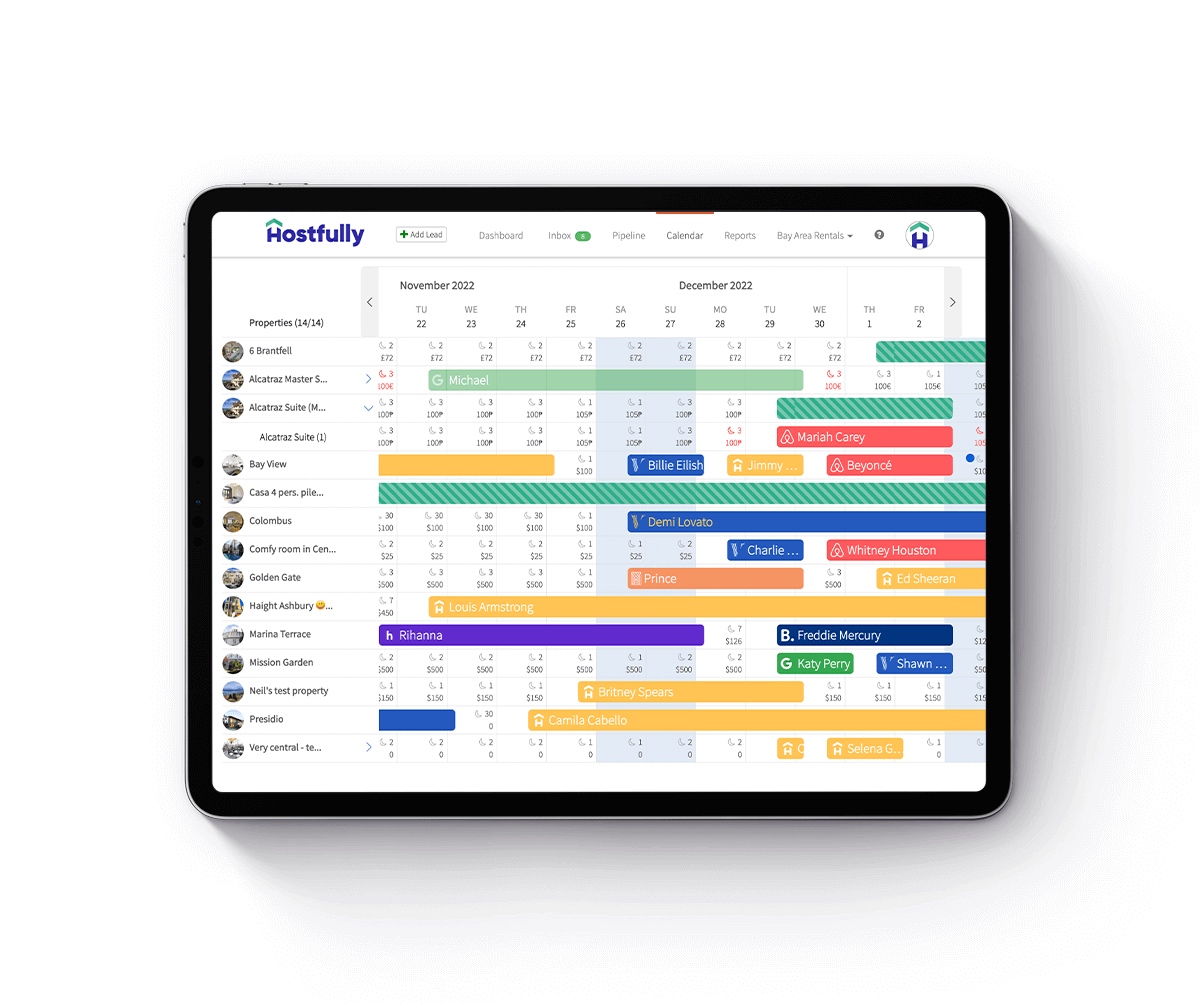
Review management
No need to set reminders on your phone to request reviews from guests—you can use software to manage all your reviews. Automate review requests that are sent after guests check out, and use pre-written templates to automate how you review your guests.
4. Prepare your property for full occupancy
Here are some of the steps you can take to prepare for and improve the in-stay guest experience.
Add extra value to each stay
When you get personal details from your guests before they arrive, you can adapt your service and upsells to give them a more memorable experience. Engage with guests before their visit by automating a pre-arrival messaging flow: Ask them about the purpose of their trip, who they’re traveling with, and where they’re coming from.
That way, you can go above and beyond in personalizing each guest’s stay. That may mean leaving a welcome basket full of local snacks and treats for a family who’s never been to the area, or sharing a curated list of the best laptop-friendly coffee shops in the area for a remote worker who wants to get to know your town.
These little details will make you stand out as a host and help you get glowing reviews even when you’re operating at full occupancy.
Make your property easier to manage
Staying on top of your property in the off-season will help you ensure it’s in prime condition during high season. The best time to perform a deep clean is when you’re at low occupancy and don’t have to worry about fitting it in between back-to-back bookings.
So schedule a deep cleaning right after high season ends, and another right before it begins, and include maintenance checks to scan for issues with your HVAC system, plumbing, and appliances—which can be especially important if you’re in an area that experiences extreme weather.
That way, your cleaners can be as efficient as possible with their turnovers, and you’ll have fewer maintenance tasks popping up when you’re fully booked.
5. Create a digital guidebook to minimize guest questions
The last thing you want when you’re at full occupancy is all your guests reaching out to ask about the WiFi code or how to operate your kitchen appliances. You can minimize guest inquiries while giving guests a stellar experience by providing a digital guidebook.
In your digital guidebook, include categories like arrival instructions, a house manual, and local area recommendations to give your guests answers to their questions before they even have to ask them. You can also partner with local vendors and tour operators to advertise special offers and even bring in a commission when a guest books an experience.
Plus, digital guidebooks are a big asset come time to scale—managing guests at a handful of properties isn’t the same as dealing with dozens of properties at full occupancy. Using a digital guidebook saves you time and helps you provide a frictionless guest experience.
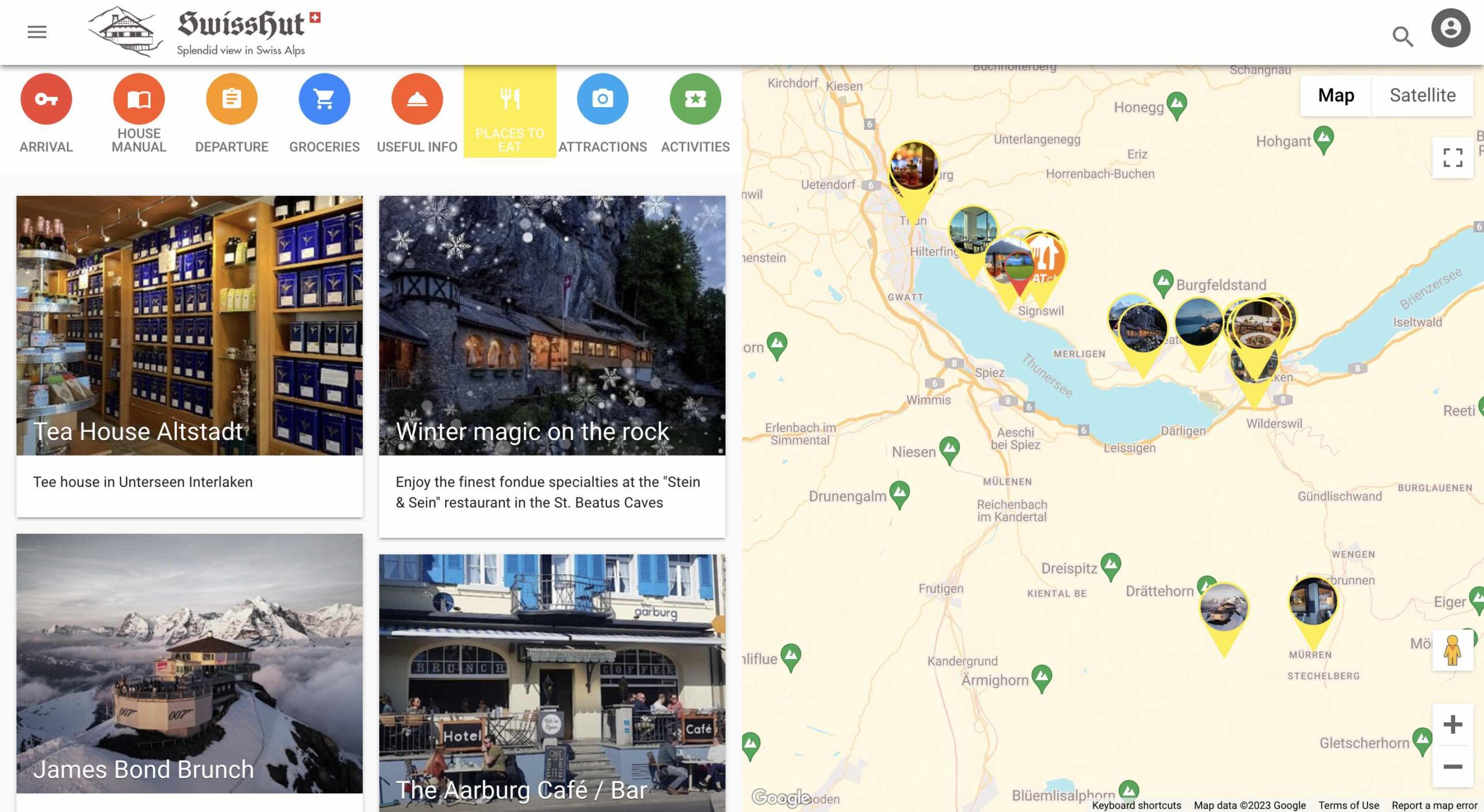
6. Update your listings and direct booking website
If you have a last-minute cancellation, having an eye-catching listing will help you fill in any gaps in the calendar without extra legwork. So don’t skimp on the imagery, even if that means investing in professional photography. And in your listing, focus on the aspects of your property that most appeal to your ideal guest.
Perhaps that’s including images of your state-of-the-art coffee maker and designated workspace if you’re looking to attract digital nomads. Or you can talk about all the child-friendly activities in the area if you want to rent to young families. The key is to identify your ideal guest and design your listing around what they’re looking for in a vacation rental.
The same goes for your direct booking website: Make it attractive to your ideal guest, and be sure it’s easy for them to book direct with you there. You can use a direct booking widget like Hostfully’s to ensure any bookings made on your website are synced to a central calendar, preventing the possibility of a double booking.
Be prepared and make the most of peak season
While it would be nice to have a steady year-round influx of bookings, the reality is that many vacation rental businesses depend on peak season. And if you’re prepared before it creeps up on you, you can be sure you’re running a smooth operation and delighting guests during your busiest time of the year.
To do so, be sure to:
- Assess your business performance
- Target areas of improvement in your operations
- Use vacation rental tech tools to automate manual processes
- Get your property ready for full occupancy
- Use digital guidebooks for a better guest experience
- Keep your listings and website up to date
Frequently asked questions about preparing a vacation rental for peak season
What is peak season for vacation rentals?
Peak season refers to the time of year when your vacation rental has the highest booking rates. This is often during the summer months for many rentals, but your peak season could be during the winter if you run a property in a snowy, mountainous area.
Peak season presents certain operational challenges, as you’re often working at full capacity, as well as opportunities to maximize your booking revenue.
How do I make my vacation rental stand out?
There are a number of ways you can make your vacation rental stand out. First, establish a recognizable, consistent brand across all your properties and guest touchpoints. Additionally, go above and beyond with your hospitality: Provide exceptional communication with your guests and personalize their stay by leaving a custom welcome basket or curated recommendations.
Does seasonality mean having low and peak seasons?
When you’re talking about seasonality in the short-term rental industry, that means having fluctuations in occupancy at different times of the year. So yes, seasonality does refer to having low and peak seasons.
How do I increase my occupancy?
There are a number of steps you can take to increase occupancy at your vacation rental. First, optimize your listings to make them easier to find and more attractive to potential guests.
Additionally, maximize repeat bookings by creating referral programs and staying in contact with prior guests. Crucially, provide a memorable experience marked by exceptional hospitality to get glowing reviews and boost your OTA ratings.
Last, implement a structured pricing strategy that incentivizes last-minute bookings so you minimize the possibility of wasted inventory.
